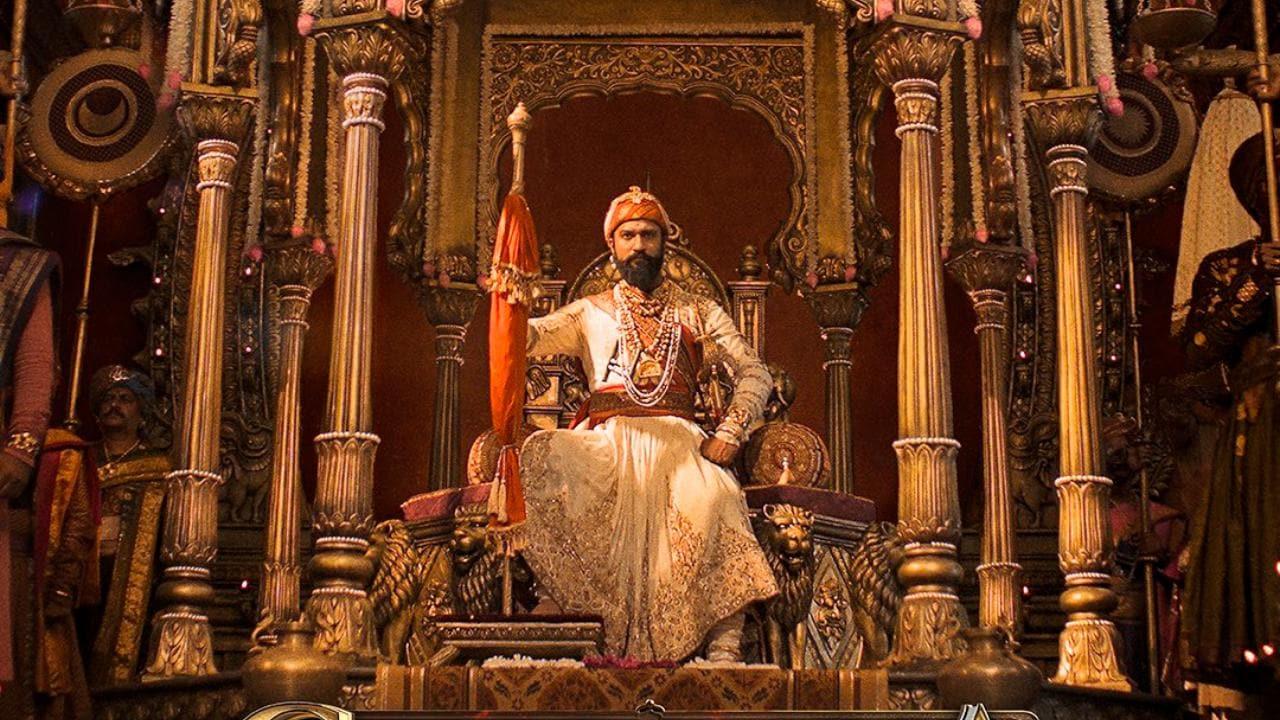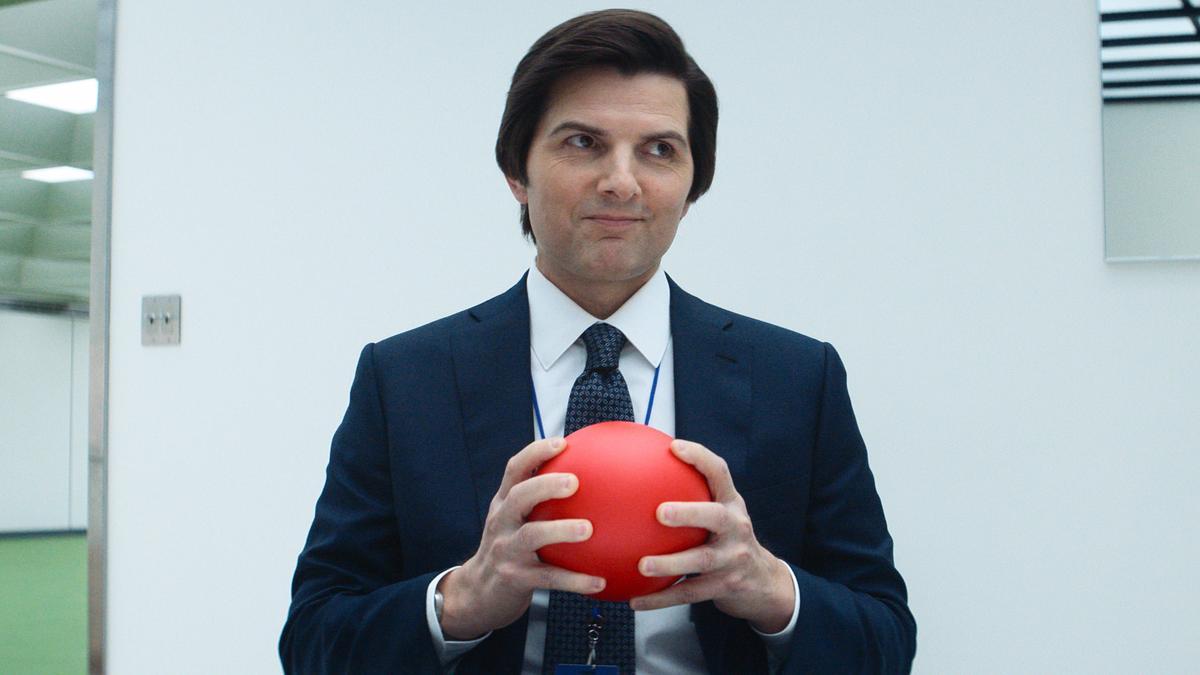
India’s resounding success in the five-match test series against England has not only underscored the prowess of the Men in Blue but also illuminated the brilliant leadership of captain Rohit Sharma. In a series that concluded with a lopsided Indian victory by an innings and 64 runs at the picturesque HPCA Stadium in Dharamsala, it was Rohit Sharma’s centurion knocks and the sterling efforts of bowlers such as Ravichandran Ashwin and Kuldeep Yadav, that decisively tilted the scales in India’s favor.
The overwhelming 4-1 series win for India was punctuated by individual brilliance and team solidarity. Sharma’s batting masterclass was on full display as he notched up two centuries that were of vital significance in the Indian campaign. His first ton, a magnificent 103 in Dharamsala, laid the concrete foundation for India’s response to England’s 218, facilitating the hosts to amass a robust 477. His impeccable form persisted as he carved out a commanding 131 in Rajkot’s third Test at a critical juncture when India was in a precarious position at 33 for the loss of three wickets. Along with Ravindra Jadeja, Sharma orchestrated a towering 204-run partnership, steering India towards a formidable 445.
The triumph left little doubt about Sharma’s form or fitness, yet the topic of retirement hovered in the post-match narrative—a subject on which the captain himself shed light. In a candid interview with Dinesh Karthik for the series broadcasters, Rohit intimated his straightforward outlook towards retirement. “One day, when I wake up and feel, I am not good enough then I will retire straight away but in the last few years, I am playing the best cricket of my life,” pronounced the Indian skipper. His performance and words resonated with an athlete at the peak of his powers, far from the twilight of his career.
The plaudits for Sharma were not solely limited to his exploits with the bat. India’s head coach, Rahul Dravid, lauded the skipper for more than just his centuries. Dravid recognized Sharma’s role in stabilizing the Indian dressing room, particularly after the setback in the first Test. He acknowledged Sharma’s centrality to India’s resurgence, hailing his capacity to carve out a hundred when the team needed it the most, as showcased in Rajkot—and for maintaining a calm and relaxed atmosphere within the squad.
Over the course of the series, it was a collective effort that saw a robust Indian side subjugate their English counterparts. While the batsmen, led by Sharma and the youthful exuberance of Shubman Gill, tallied imposing totals, the bowlers, especially Ashwin and Yadav, wove spells that England found themselves ensnared within. Kuldeep’s wrist spin was a revelation, while Ashwin’s guile left the visitors often helplessly entangled.
The emphatic series win was a testament to India’s growing dominance in cricket’s traditional format. With an impeccably led team by Sharma, the future appears a bright tapestry woven with the promise of success. For Sharma himself, age has been but a number; his bat continues to speak the universal language of runs, and while retirement is an inevitable horizon for every sportsperson, the Indian skipper’s form suggests that for him, the sunset is still a distant echo. Under his captaincy, the team’s confidence is palpable, the victories resounding, and the Indian cricket narrative seems poised for thrilling chapters ahead.










